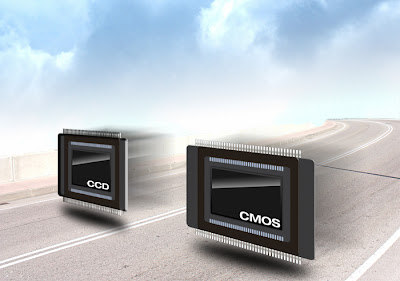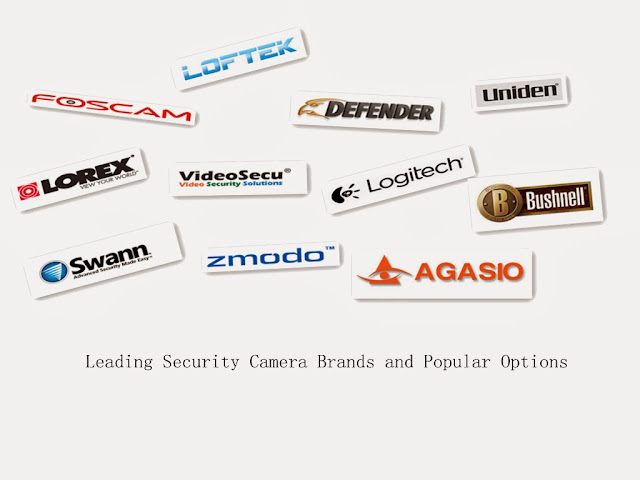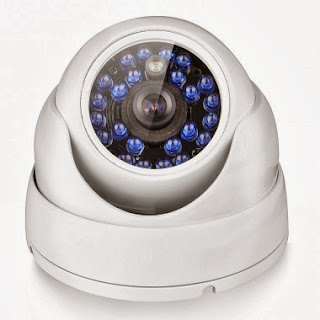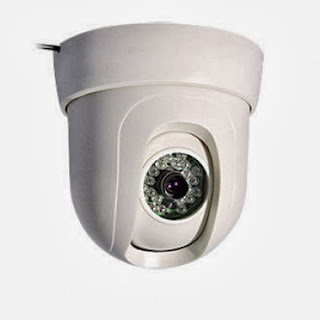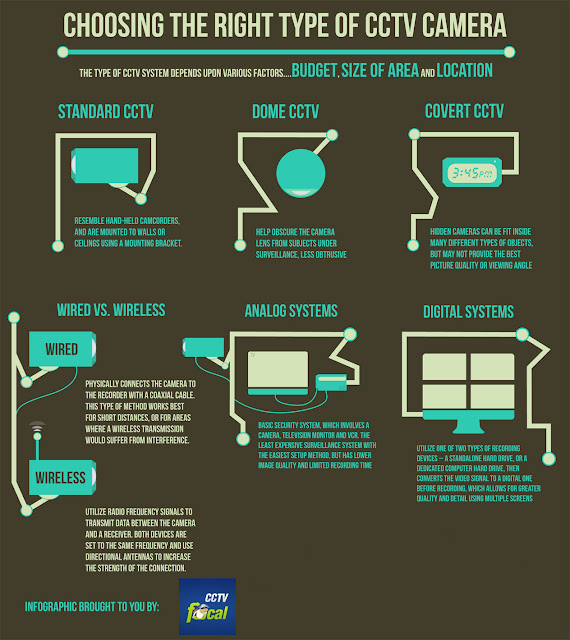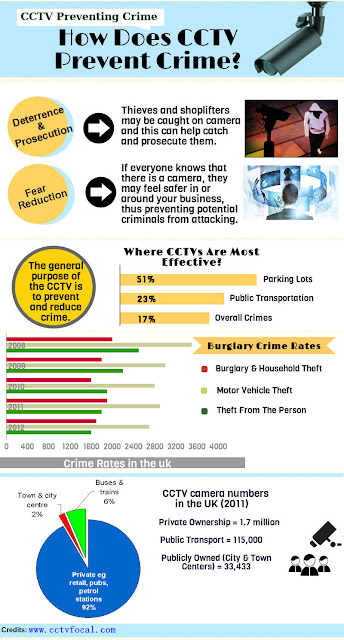CCD and CMOS are both image sensors found in digital cameras. They're what's responsible for converting light into electronic signals. But, what's the difference between the two? How do they influence both the quality of the images and the prices of the cameras? Here's a short comparison of CCD and CMOS:
CCD
The first digital cameras used CCD (Charged Coupling Devices) to turn images from analog light signals into digital pixels. They're made through a special manufacturing process that allows the conversion to take place in the chip without distortion. This creates high quality sensors that produce excellent images. But, because they require special manufacturing, they are more expensive than their newer CMOS counter parts.
CMOS
CMOS (Complimentary Metal Oxide Semiconductor) chips use transistors at each pixel to move the charge through traditional wires. This offers flexibility because each pixel is treated individually. Traditional manufacturing processes are used to make CMOS. It's the same as creating microchips. Because they're easier to produce, CMOS sensors are cheaper than CCD sensors.
Because CMOS technology came after CCD sensors and are cheaper to manufacture, CMOS sensors are the reason that digital cameras have dropped in price.
The Difference
The biggest difference is that CCD sensors create high quality images with low noise (grain). CMOS images tend to be higher in noise. CCD sensors are more sensitive to light. CMOS sensors need more light to create a low noise image at proper exposure. This does not mean that CMOS sensors are completely inferior to CCD. CCD has been around for a lot longer in digital cameras, and the technology is more advanced. CMOS sensors are catching up and will soon match CCD in terms of resolution and overall quality.
The first digital cameras used CCD (Charged Coupling Devices) to turn images from analog light signals into digital pixels. They're made through a special manufacturing process that allows the conversion to take place in the chip without distortion. This creates high quality sensors that produce excellent images. But, because they require special manufacturing, they are more expensive than their newer CMOS counter parts.
CMOS
CMOS (Complimentary Metal Oxide Semiconductor) chips use transistors at each pixel to move the charge through traditional wires. This offers flexibility because each pixel is treated individually. Traditional manufacturing processes are used to make CMOS. It's the same as creating microchips. Because they're easier to produce, CMOS sensors are cheaper than CCD sensors.
Because CMOS technology came after CCD sensors and are cheaper to manufacture, CMOS sensors are the reason that digital cameras have dropped in price.
The Difference
The biggest difference is that CCD sensors create high quality images with low noise (grain). CMOS images tend to be higher in noise. CCD sensors are more sensitive to light. CMOS sensors need more light to create a low noise image at proper exposure. This does not mean that CMOS sensors are completely inferior to CCD. CCD has been around for a lot longer in digital cameras, and the technology is more advanced. CMOS sensors are catching up and will soon match CCD in terms of resolution and overall quality.
It's only a matter of time before CMOS catches up. They can be manufactured on any standard silicon production line and are much more inexpensive when compared to CCD sensors. Eventually economics will someday make every camera CMOS when the final advances in quality are made.
In fact, CMOS sensors are already superior to CCD sensors in terms of power consumption. You get a much longer battery life out of a CMOS camera, which means you can take more pictures.
As of now, CCD cameras produce higher quality images at high resolutions. CMOS technology is catching up. And, with longer battery life and less expensive cameras, it is bound to match CCD levels of quality and one day become the digital camera norm, until something better is developed.
words from:www.steves-digicams.com
